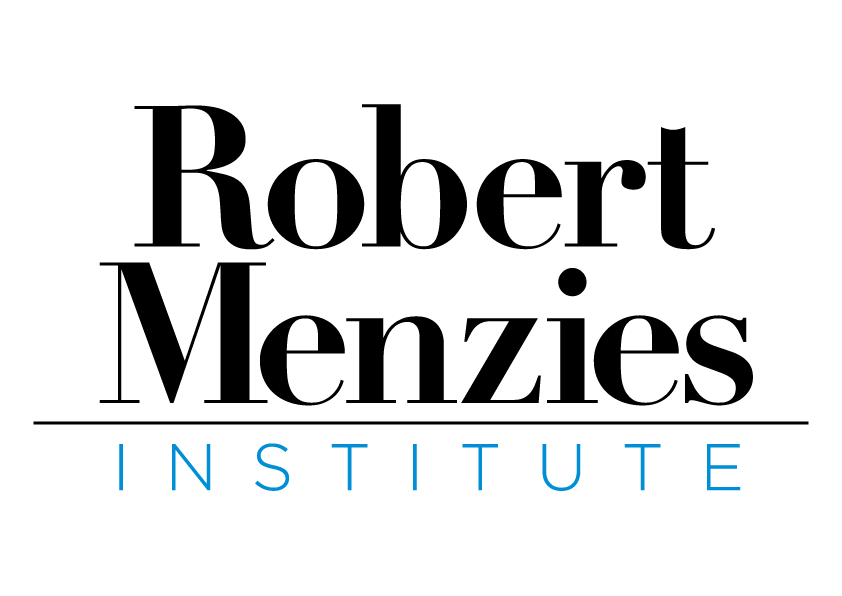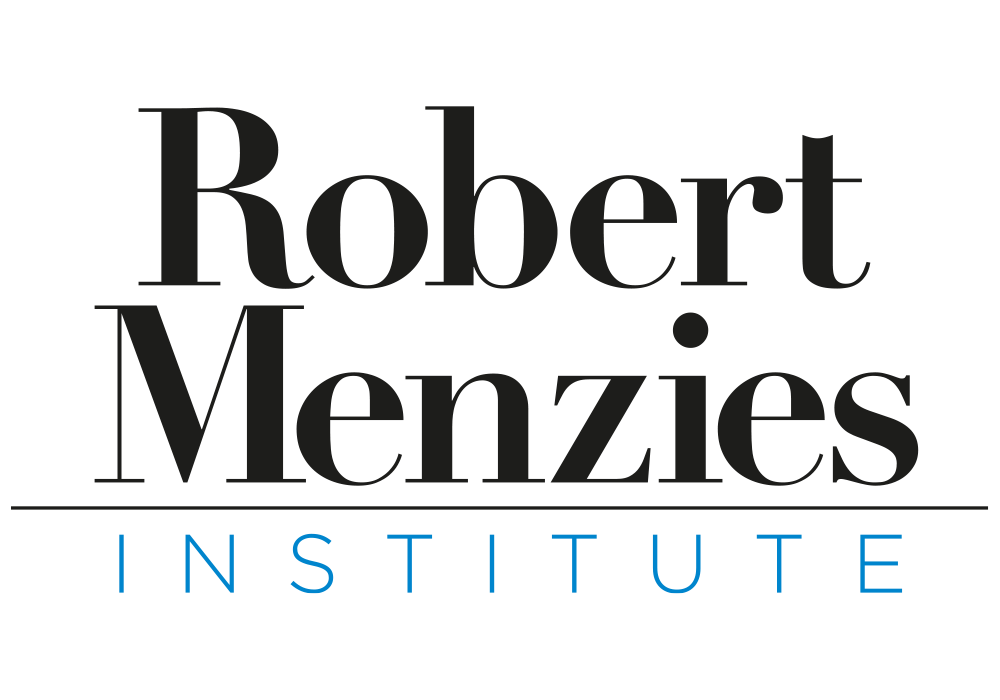Australia’s Longest Serving Prime Minister
Time Magazine cover published 4 April 1960.
On this day, 3 April 1957, Robert Menzies breaks Billy Hughes’s record to become Australia’s longest continuously serving Prime Minister. Including his first stint as PM from April 1939 to August 1941, Menzies had surpassed Hughes’s total time in office more than two years earlier, but it was the continuous record that received more contemporary attention. It is truly remarkable that when this occurred Menzies still had almost nine years left before he would leave office under his own volition and on his own terms. It is a fact that speaks to Menzies’s utter dominance of Australia’s political landscape, but also to the relative youth of the nation which he led.
Menzies once said that he thought that Alfred Deakin was Australia’s greatest prime minister, for as ‘the great constructor’ he had built the pillars of what is now known as the Australian settlement. The caveat is that Menzies did not have many Prime Ministers to chose from. Just eleven people had held the nation’s leading office before Menzies attained it in 1939, and that number included his immediate predecessor Earle Page who had warmed the chair for 19 days while the UAP picked a successor to Joseph Lyons.
Passing over the Labor Prime Ministers whom Menzies generally respected but whose philosophical outlook inherently differed from his own, that left Edmund Barton, Alfred Deakin, George Reid, Joseph Cook, Billy Hughes, Stanley Melbourne Bruce, and Joseph Lyons. Barton had taken office before even being elected in 1901, a democratic aberration in many ways, and he resigned before the second federal election to take up a prestigious and comfortable position on the High Court. Menzies lauded Barton’s patriotism and praised his legal prowess in a foreword he wrote in 1947 for John Reynold’s biography of our first PM, but Barton’s main achievement lay in advocating a federation rather than leading it.
George Reid was a tremendous orator and heartfelt proponent of political liberalism who had been very successful as Premier of New South Wales from 1894-1899. Modern historians have established that he was probably more pivotal to the success of federation than Barton, but his time as PM was brief and this historical reappraisal came too late to influence Menzies. Looking back on Australian history it is clear that Reid’s anti-socialist liberalism had much in common with Menzies’s worldview, but as a Free Trader from the rival city of Sydney he was tremendously unpopular in Melbourne’s manufacturing and press circles such that Menzies would have had little exposure to his good qualities. Joseph Cook was the first (and until Menzies the only) Liberal leader to win an outright majority at a federal election, but his attempt at a double dissolution backfired so spectacularly that no one else would attempt one until Menzies in 1951.
The others were men that Menzies knew personally, and this intimate knowledge of their individual foibles did not necessarily help their cause. Hughes was famously stubborn and difficult to get along with, and Menzies would clash with him on numerous occasions before he passed away in 1952, after more than 50 years in the House of Representatives. In his memoir Afternoon Light Menzies tried to put it politely by saying that Hughes’s ‘great days were behind him’ by the time he knew him, and that therefore Menzies’s appraisal of the man could only ever be incomplete and skewed.
Menzies described Viscount Bruce as the ‘most underestimated’ PM of his time, though not much of an orator and guilty of a ‘tactical error’ in his attempt to rationalise Australia’s industrial legislation. Menzies was naturally close to Bruce as a fellow Melbournian, but he was also repulsed by the way that sectional interests had come to dominate the Nationalist Party at the time he entered politics and Bruce had to bear some of the responsibility for that.
Menzies thought Lyons to be ‘impeccably honest’ and ‘above all things, a humanist’. Lyons ‘commanded my [Menzies’s] admiration and affection in an uncommon degree’, but it is quite clear that during the time he served under Lyons Menzies thought himself to be intellectually superior to his leader and he ultimately resigned from the Lyons Government over policy drift. In Afternoon Light Menzies would reframe this tension, saying that Lyons ‘understood ordinary men and women, and they understood him’ and that he ‘did not fall into the error of seeking to propound exciting new measures in a hurry’. Ultimately, Lyons was the embodiment of stability and empathy during the Great Depression when the Australian people needed those qualities in a leader, but Menzies grew frustrated at the consequences of this approach.
This left Deakin, who never won a majority in his own right and who endured significant swings against him in each election he faced as leader, but who was nevertheless loved in his home State of Victoria for winning the fiscal battle of the early-federal period for the Protectionist cause. Menzies saw Deakin speak when he was just a school-boy, and this would undoubtedly have left a positive and nostalgic impression upon him. However, it is noteworthy that Menzies’s uncle and mentor Sydney Sampson sat on the crossbench as an ‘Independent Protectionist’ after being elected to Federal Parliament in 1906, because he was more sharply opposed to Labor’s ‘socialist objective’ than was Deakin.
It was because Australia was such a young country that Menzies was able to be so influential in building and shaping what the nation was to become. The term in which Menzies surpassed Hughes’s record was a turning point in his Prime Ministership. While Menzies made many pivotal decisions during the early part of his reign, ensuring post-war Australia would be a prosperous nation that respected the individual and their enterprise, it was only after the great Labor split and a decisive victory at the 1955 election that he really became secure in office. This enabled him to look beyond bread-and-butter policy issues, and Australia’s security in a Cold War climate, to focus on making a long-term constructive impact on the country. Embodying this impulse was the Murray Report into Higher Education which was commissioned in December 1956, and which reflected Menzies’s great passion for liberal education and the role he envisaged for a thriving network of universities in ensuring a healthy Australian democracy.
Further Reading:
‘Mr. Menzies has record term as Prime Minister’, Canberra Times, 4 April 1957 https://trove.nla.gov.au/newspaper/article/91585517?searchTerm=menzies
Robert Menzies, Afternoon Light: Some Memories of Men and Events (Cassell, 1967).


